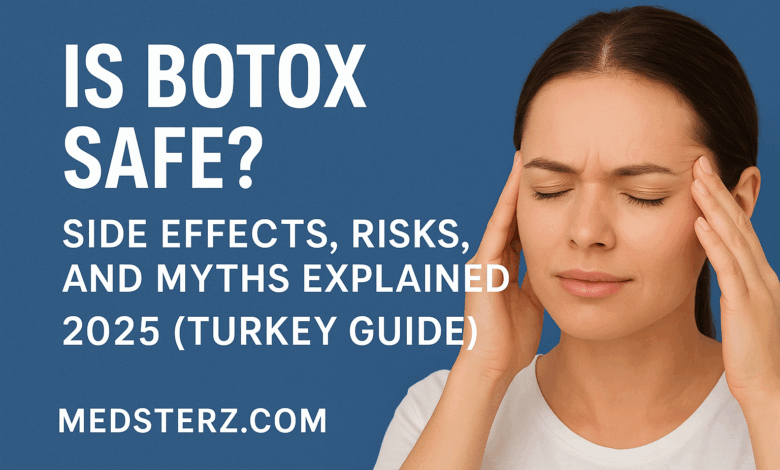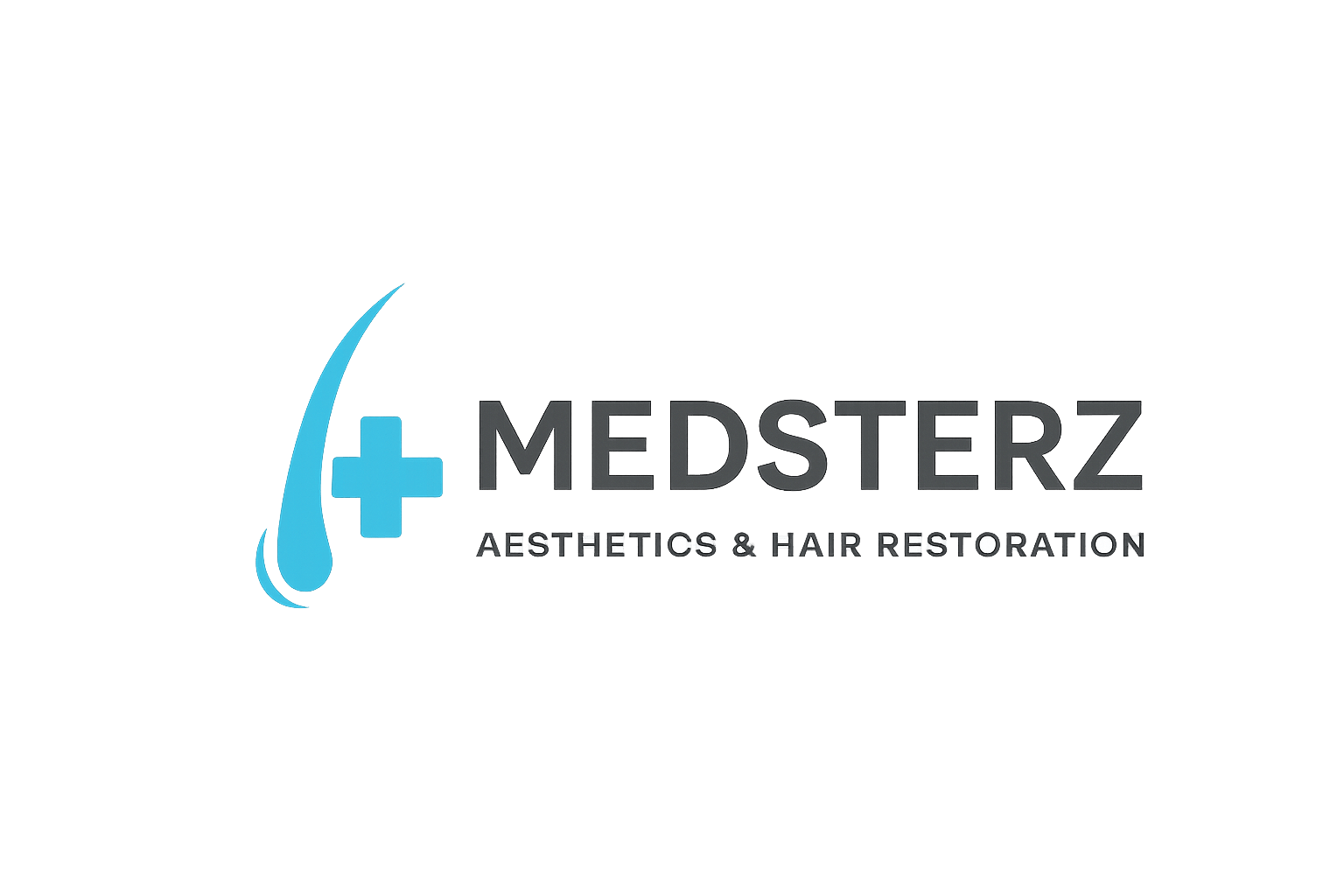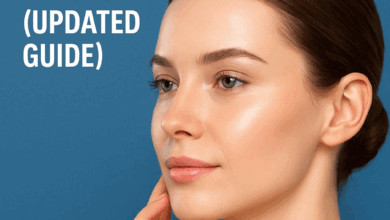Is Botox Safe? Side Effects, Risks, and Myths Explained
A 2025 guide on Botox safety—understanding side effects, potential risks, and separating myths from medical facts.

Introduction
Botox (Botulinum Toxin Type A) is one of the most popular non-surgical cosmetic treatments worldwide. Millions of people use it every year to smooth wrinkles and maintain a youthful look. But with its popularity, questions about safety, side effects, and myths often arise. This guide breaks down what you really need to know in 2025 about the safety of Botox.
✅ Is Botox Safe?
Yes, Botox is generally safe when administered by a qualified, licensed professional. The U.S. FDA first approved Botox for cosmetic use in 2002, and it has a long track record in both aesthetic and medical treatments (like migraines, excessive sweating, and muscle spasms).
However, as with any medical procedure, there are risks—especially if performed by inexperienced injectors or in unsafe environments.
💉 Common Side Effects of Botox
Most side effects are mild and temporary, including:
-
Redness or swelling at the injection site
-
Mild bruising
-
Headache
-
Temporary eyelid drooping (ptosis)
-
Muscle weakness in treated area
These effects usually resolve within a few days to two weeks.
⚠️ Rare but Serious Risks
Although uncommon, serious risks may occur if Botox spreads beyond the injection site:
-
Difficulty swallowing
-
Trouble breathing
-
Double vision
-
Allergic reaction
👉 These risks are extremely rare when performed by a trained professional, but highlight the importance of choosing a reputable clinic.
🧾 Myths vs. Facts About Botox
| Myth ❌ | Fact ✅ |
|---|---|
| Botox is toxic and unsafe | Botox is derived from a purified protein in controlled medical doses and is FDA-approved. |
| Botox makes your face look “frozen” | Poor technique causes stiffness—skilled injectors create natural results. |
| Botox is only for women | Men are increasingly using Botox (“Brotox”) for professional and aesthetic reasons. |
| Botox is permanent | Effects last 3–4 months, requiring maintenance sessions. |
| Botox is only for wrinkles | It’s also used for migraines, sweating, muscle spasms, and even teeth grinding. |
🧠 How to Stay Safe with Botox
-
Choose a qualified, experienced injector (preferably a dermatologist or cosmetic surgeon).
-
Verify the clinic’s reputation and certifications.
-
Avoid “cheap Botox deals” from salons or unlicensed providers.
-
Discuss your medical history before treatment.
-
Follow all aftercare instructions.
Conclusion
In 2025, Botox remains one of the safest and most effective cosmetic treatments when performed by certified professionals. Most side effects are mild and temporary, and serious risks are rare. The key to safe Botox is not just the product, but who injects it.
By separating myths from facts, patients can make confident, informed decisions about their aesthetic journey.
You may also be interested in:





